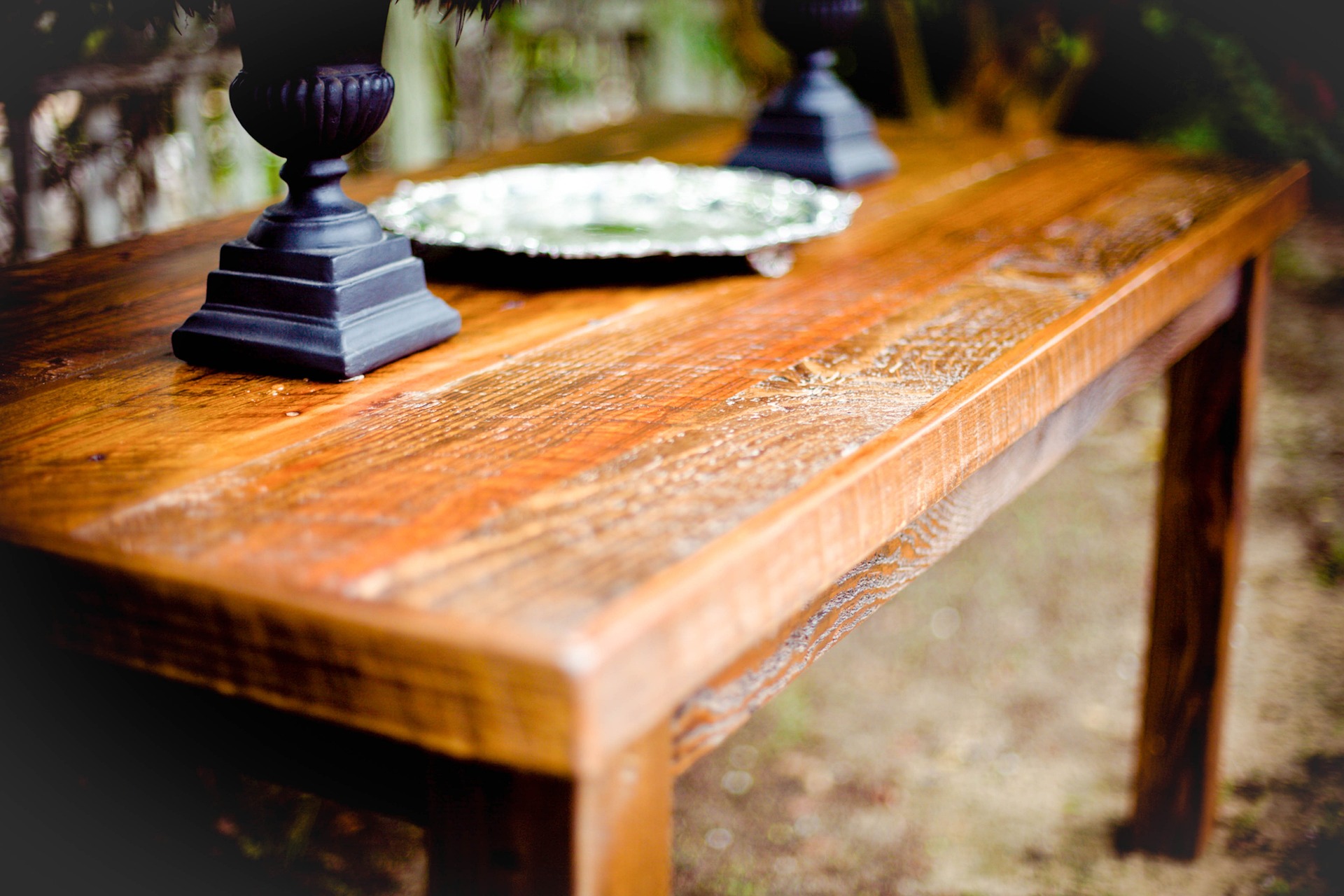Wabi-Sabi: The Art of Imperfect Beauty in Home Design
In a world obsessed with perfection, a quietly revolutionary design philosophy is gaining traction in American homes. Wabi-sabi, an ancient Japanese aesthetic principle, celebrates the beauty of imperfection, impermanence, and incompleteness. This concept, once confined to traditional Japanese tea ceremonies, is now finding its way into modern interior design, offering a refreshing antidote to the polished, mass-produced look that has dominated home decor for decades.

The Roots of Wabi-Sabi
Wabi-sabi’s origins can be traced back to 16th century Japan, where it emerged as a reaction to the prevailing aesthetic of ornate, perfect, and costly objects. The term combines two concepts: wabi, which refers to the beauty of humble simplicity, and sabi, which appreciates the passage of time and wear.
In its early days, wabi-sabi was closely associated with the Japanese tea ceremony. Tea masters sought to create environments that were austere yet deeply moving, using rough-hewn tea bowls and simple, rustic tea houses. This aesthetic gradually spread to other areas of Japanese culture, influencing architecture, interior design, and even philosophy.
Wabi-Sabi in Modern Home Design
Today, wabi-sabi is experiencing a renaissance in Western interior design. Its principles offer a much-needed respite from the relentless pursuit of perfection and newness that characterizes much of contemporary culture. In home design, wabi-sabi manifests in several key ways:
Embracing Natural Materials
Wabi-sabi interiors favor natural, unrefined materials that age gracefully. Think raw wood, stone, clay, and linen. These materials not only bring warmth and texture to a space but also develop a patina over time, becoming more beautiful with use.
Designers are incorporating these elements in innovative ways. For example, live-edge wood tables have become popular, showcasing the natural contours and imperfections of the tree. Unglazed ceramics, with their subtle variations in color and texture, are prized for their authenticity.
Celebrating Imperfection
In a wabi-sabi home, perfection is not the goal. Instead, there’s a celebration of the unique, the handmade, and the slightly off-kilter. This might mean choosing a handwoven rug with slight irregularities over a machine-made one, or displaying a collection of mismatched vintage plates rather than a uniform set.
This approach extends to repair as well. The Japanese art of kintsugi, where broken pottery is repaired with gold lacquer, embodies the wabi-sabi principle of finding beauty in flaws. Some designers are applying this concept to furniture, highlighting repairs and imperfections rather than hiding them.
Simplicity and Negative Space
Wabi-sabi interiors are characterized by a sense of restraint. Unlike minimalism, which can sometimes feel stark, wabi-sabi spaces are warm and inviting, with carefully curated objects that each serve a purpose or hold special meaning.
Negative space plays a crucial role in this aesthetic. Empty walls, open shelves with few objects, and uncluttered surfaces create a sense of calm and allow individual pieces to shine. This approach not only results in visually pleasing spaces but also promotes a more mindful way of living, encouraging homeowners to surround themselves only with items they truly love and use.
The Color Palette of Wabi-Sabi
The wabi-sabi color palette draws inspiration from nature, favoring muted, earthy tones. Soft whites, warm greys, and gentle browns form the foundation, often accented with subtle greens, blues, and terracottas. These colors create a serene backdrop that allows textures and forms to take center stage.
Interestingly, designers are finding that these natural hues work well in both traditional and modern settings. A wabi-sabi inspired color scheme can soften the lines of a contemporary space or add depth and interest to a more classical interior.
Wabi-Sabi and Sustainability
Perhaps one of the most compelling aspects of wabi-sabi for modern homeowners is its alignment with sustainability. By valuing objects that age well and can be repaired, wabi-sabi encourages a move away from disposable culture. It promotes the use of natural, biodegradable materials and celebrates locally made, artisanal products.
This philosophy extends to furniture and decor choices. Instead of buying new, many wabi-sabi enthusiasts are opting for vintage or antique pieces, appreciating the character that comes with age. When new items are purchased, there’s a focus on quality and craftsmanship, with the understanding that these pieces will be cherished for years to come.
Incorporating Wabi-Sabi into Your Home
Embracing wabi-sabi doesn’t require a complete home overhaul. Small changes can make a big impact. Start by decluttering and keeping only items that are truly meaningful or useful. Introduce natural materials through textiles, artwork, or small decor items. Embrace the patina on metal surfaces or the wear on wooden furniture instead of rushing to refinish them.
Remember, wabi-sabi is as much a mindset as it is an aesthetic. It’s about finding beauty in the everyday, appreciating the marks of time, and creating a home that feels authentically yours. In a world of constant change and digital perfection, wabi-sabi offers a grounding, human-centered approach to design that resonates with many.
As we move forward, it’s clear that wabi-sabi is more than just a passing trend. Its principles of authenticity, simplicity, and appreciation for imperfection offer a timeless approach to creating homes that are both beautiful and deeply personal. In embracing wabi-sabi, we not only transform our living spaces but also cultivate a more mindful, appreciative way of life.





